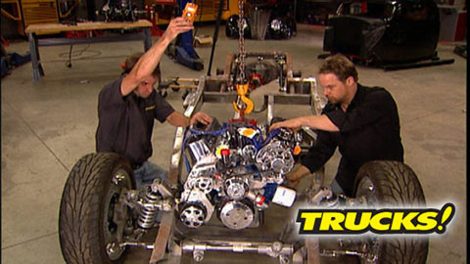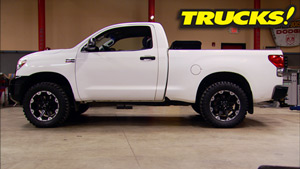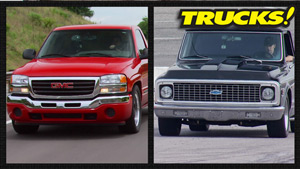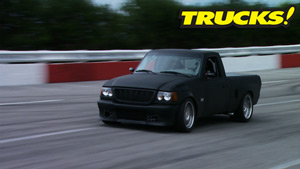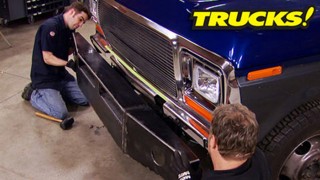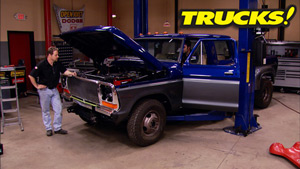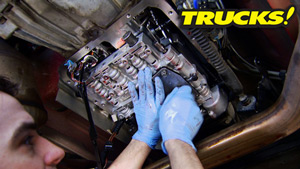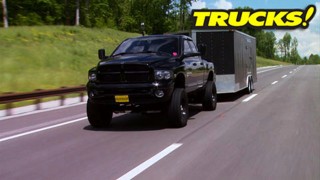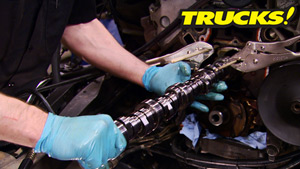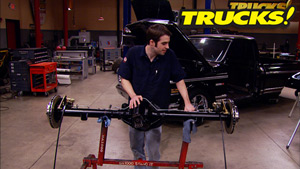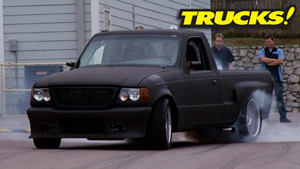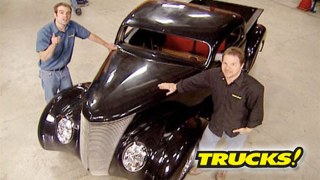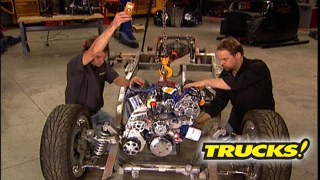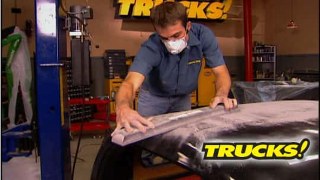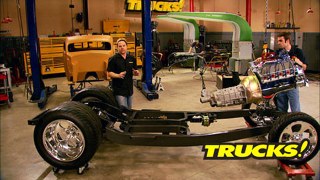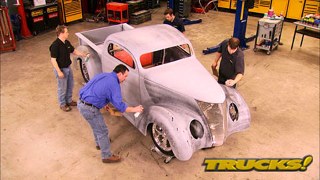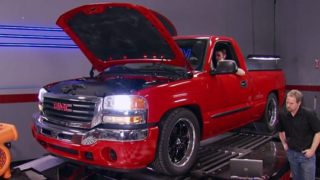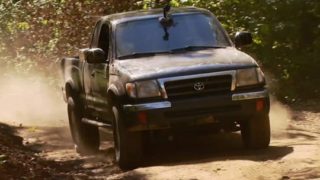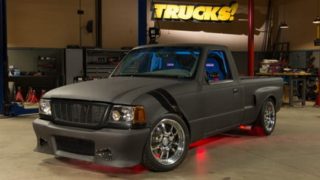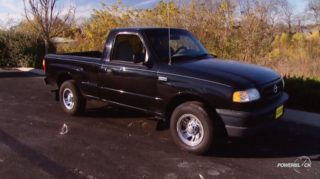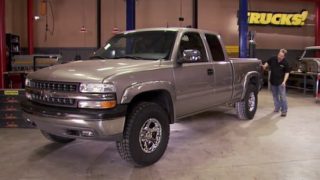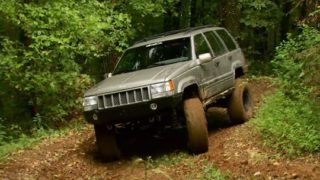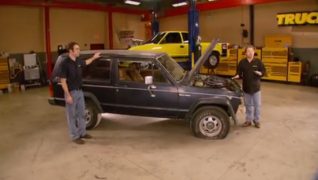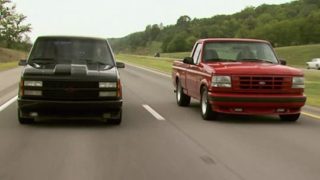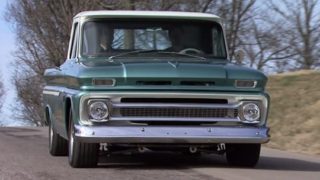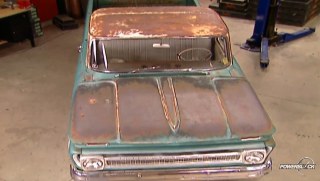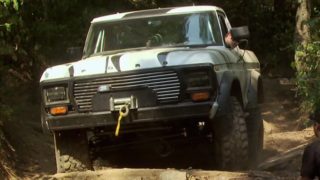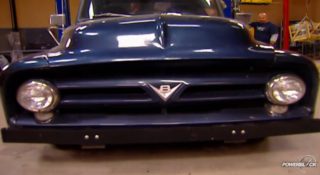More Project HRT Episodes
Trucks! Builds
Want more content like this?
Join the PowerNation Email NewsletterParts Used In This Episode
Advantage Driveline
3" aluminum driveshaft, turbo 400 yoke and 1350 U-joint.
Competition Engineering
Lower shock mounting bracket, ladder link, polyurethane rod end, universal crossmember, diagonal link, upper shock mount.
Competition Engineering
Steel wheel tubs 23.25" w x40" l x 20" h.
Currie Enterprises
9 inch round back housing, 4.30 gears, trac-loc differential, 31 spline axles, 40.75" overall width including brake hat spacing.
Engine Factory
347 cubic inch stroker motor, complete turnkey assembly.
Legend Motors Worldwide
Fiberglass 1937 Ford pickup body and steel bed, custom frame, complete with motor mounts from chassis engineering and adjustable control arms.
McLeod Industries
10.5 clutch disc 1 1/8 x10 organic, pressure plate, hydraulic throwout bearing, hydraulic bearing spacer, SFI approved bellhousing.
Mickey Thompson
20x16 HR-1 wheel, 33x22.00R20 sportsman S/R radial, 18x 4.5 HR-1 wheel, 26x6.00r18 sportsman S/R radial.
QA1
Coilover shocks and springs.
Richmond Gear
Six speed overdrive transmission complete with long shifter.
Taylor Cable Products
Thundervolt 8.2 mm series spark plug wire set.
